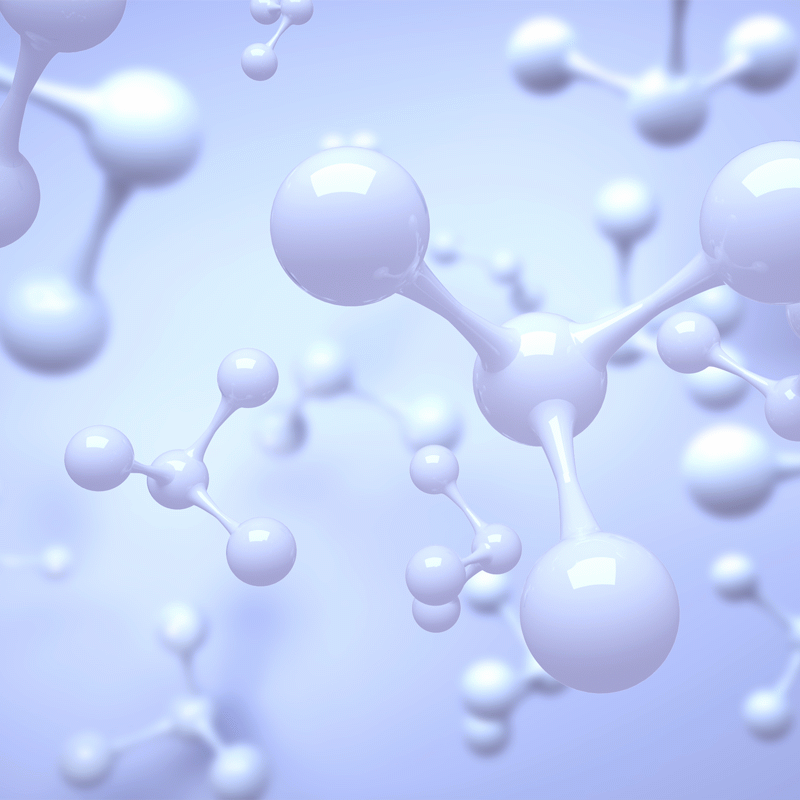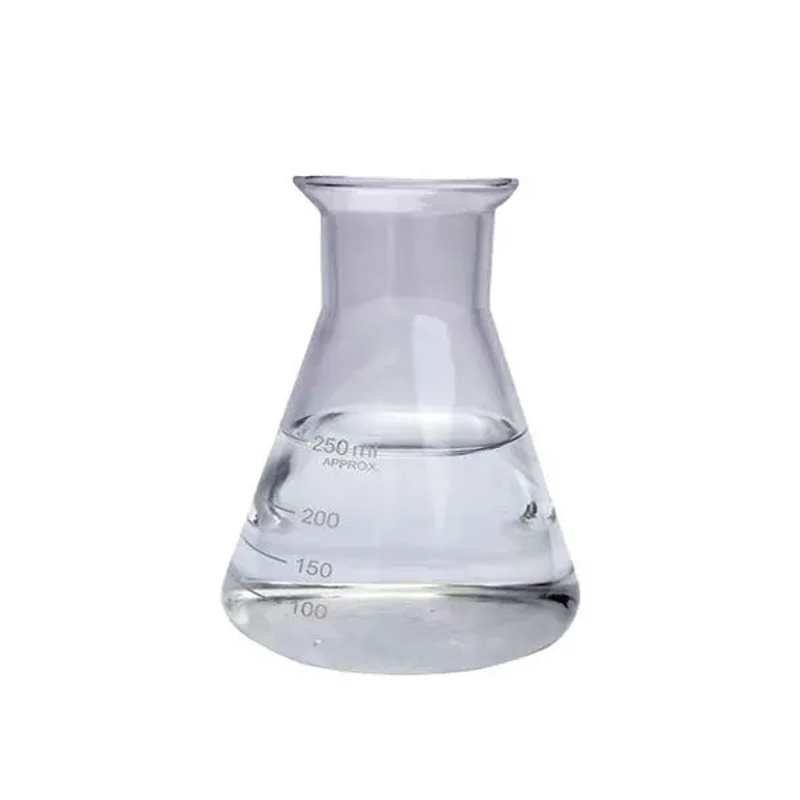-
Categories
-
Pharmaceutical Intermediates
-
Active Pharmaceutical Ingredients
-
Food Additives
- Industrial Coatings
- Agrochemicals
- Dyes and Pigments
- Surfactant
- Flavors and Fragrances
- Chemical Reagents
- Catalyst and Auxiliary
- Natural Products
- Inorganic Chemistry
-
Organic Chemistry
-
Biochemical Engineering
- Analytical Chemistry
-
Cosmetic Ingredient
- Water Treatment Chemical
-
Pharmaceutical Intermediates
Promotion
ECHEMI Mall
Wholesale
Weekly Price
Exhibition
News
-
Trade Service
The Synthetic Routes of 1,3-Benzodioxole-5-Ethanamine: A Comprehensive Overview in the Chemical Industry
Abstract:
1,3-Benzodioxole-5-ethanamine is an important organic compound widely used in various industries, including pharmaceuticals, agrochemicals, and dyes.
Its unique structural features and versatile applications make it an important synthetic target in the chemical industry.
There are various synthetic routes to synthesize 1,3-benzodioxole-5-ethanamine, and the choice of a particular route depends on various factors, such as the desired yield, purity, cost, and environmental impact.
This article provides a comprehensive overview of the synthetic routes of 1,3-benzodioxole-5-ethanamine, including the classical methods, as well as the recent advances in Green Chemistry.
Introduction:
1,3-Benzodioxole-5-ethanamine, also known as benzocyclonon-1-carboxamide, is a synthetic chemical compound commonly used as an intermediate in the production of various pharmaceuticals, agrochemicals, and dyes.
This molecule exhibits a unique structural features, such as a bicyclic ring system and a polar functional group, which makes it a versatile building block for the development of new chemical entities.
The demand for 1,3-benzodioxole-5-ethanamine has been increasing rapidly in recent years, and various synthetic methods have been developed to meet this demand.
Classical Synthetic Routes:
The classical synthetic routes to synthesize 1,3-benzodioxole-5-ethanamine include the following:
- Hydroxylation of Phenylpropanamide: The hydroxylation of phenylpropanamide, using either acidic or basic conditions, is a widely used method for the synthesis of 1,3-benzodioxole-5-ethanamine.
The procedure involves the conversion of phenylpropanamide to the corresponding phenol, which is then treated with an alkali or an acid to form the requisite functional group. - Reductive Amination of Nitrobenzene: This method involves the reduction of nitrobenzene to aniline using hydrogen in the presence of a reducing agent such as hydrazine or cyanogen bromide.
The resulting aniline is then treated with an amino nitrogen source, such as ammonia or ethanolamine, to form 1,3-benzodioxole-5-ethanamine. - Direct Amination of Benzaldehyde: The direct amination of benzaldehyde using ammonia or hydrazine in the presence of a Lewis acid catalyst, such as aluminum chloride or ferric chloride, is another common synthetic route to 1,3-benzodioxole-5-ethanamine.
Advances in Green Chemistry:
Recently, there has been a growing trend towards the development of Green Chemistry approaches to synthesize 1,3-benzodioxole-5-ethanamine.
Green Chemistry is an emerging field that promotes the design of chemical products and processes that reduce or eliminate the use and generation of persistent, bioaccumulative, and toxic chemicals.
The following are some of the recent advances in Green Chemistry approaches to synthesize 1,3-benzodioxole-5-ethanamine:
- Biomimetic Approaches: Biomimetic approaches involve the use of enzymes or biological systems to carry out chemical reactions.
One such approach to synthesize 1,3-benzodioxole-5-ethanamine involves the







